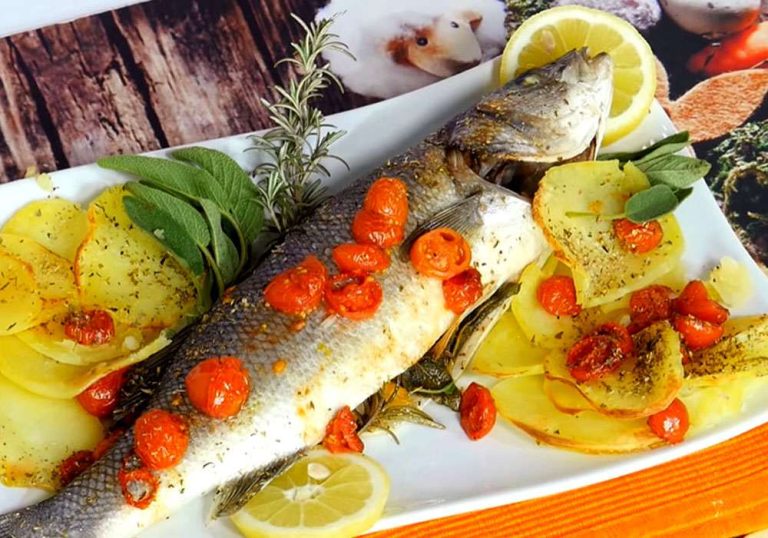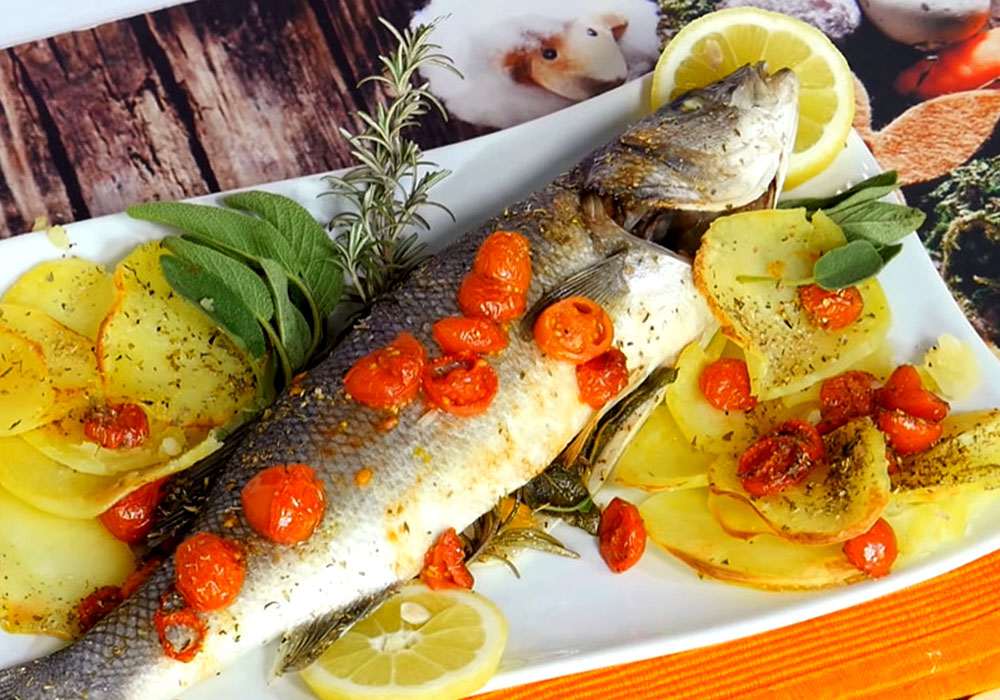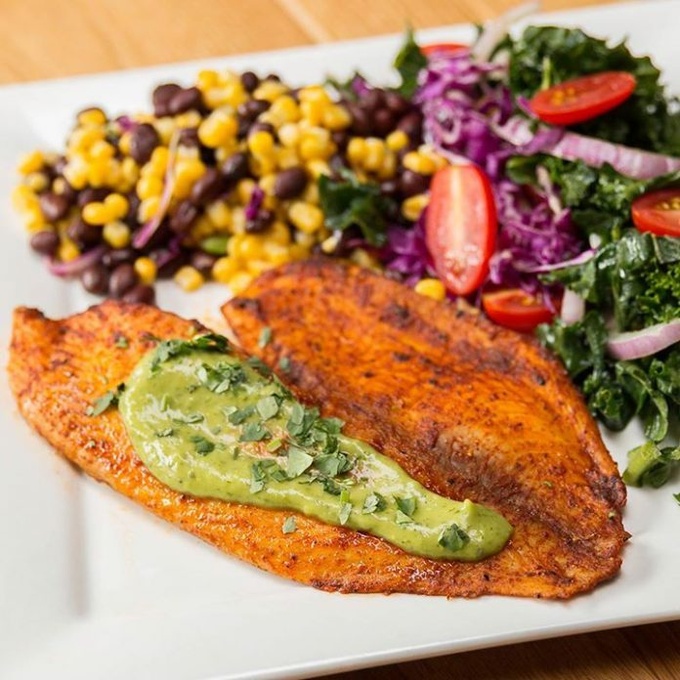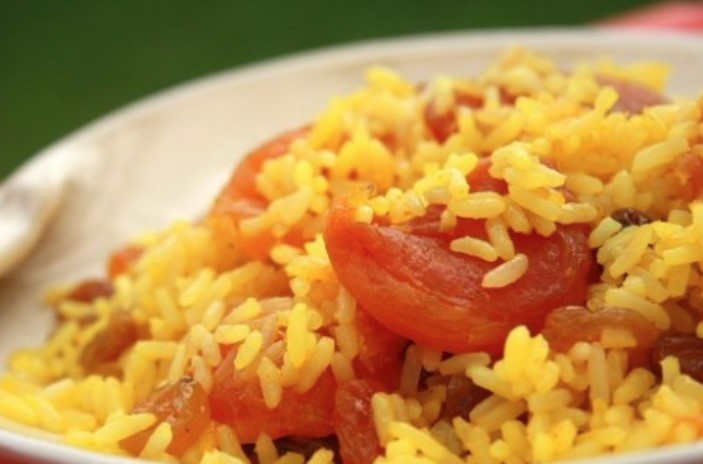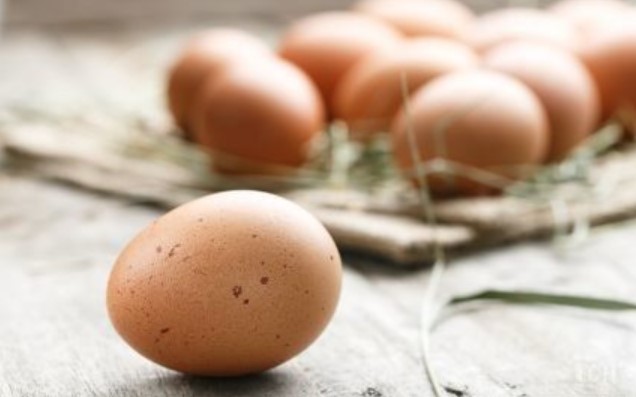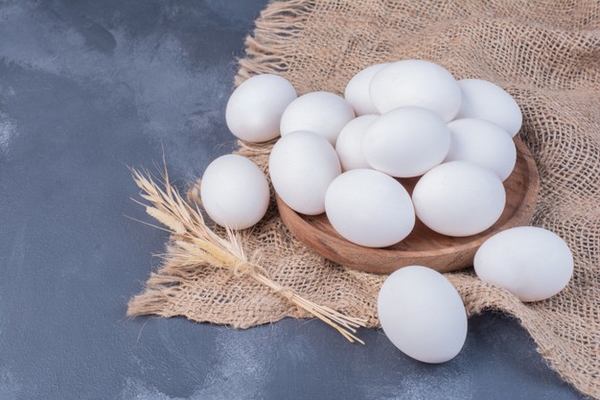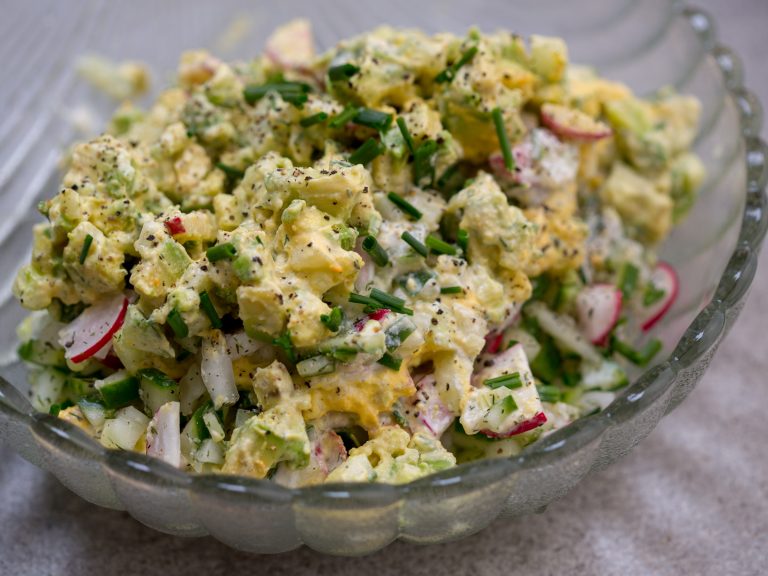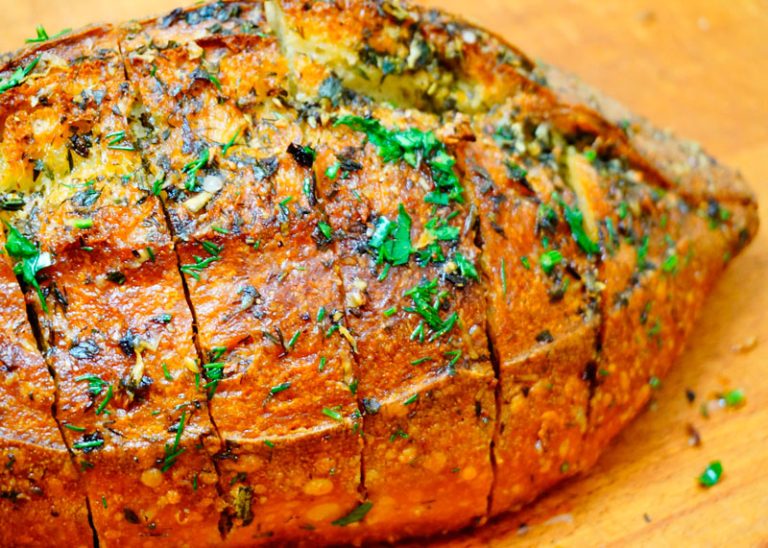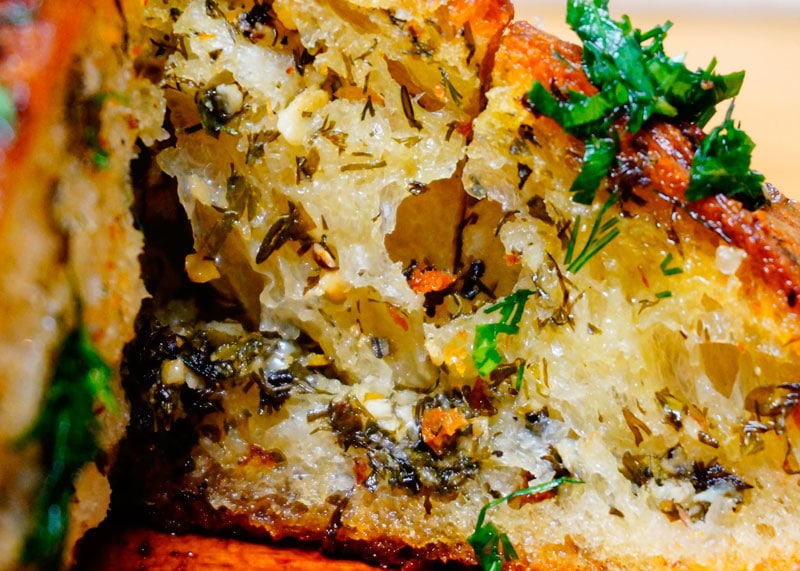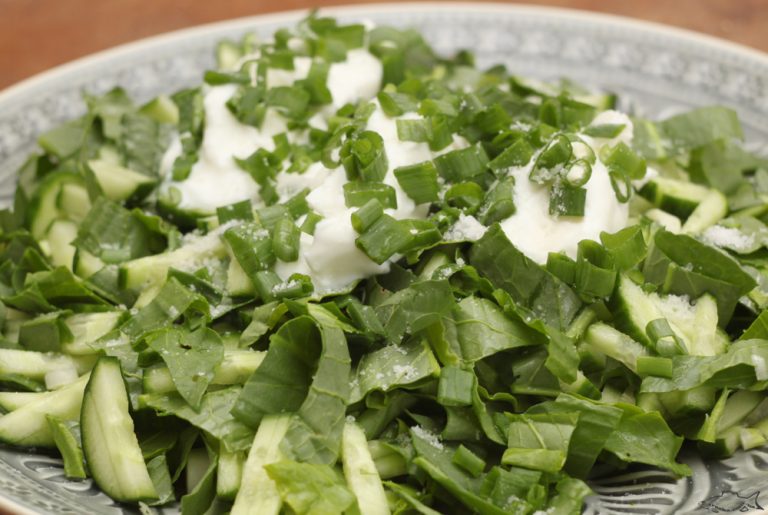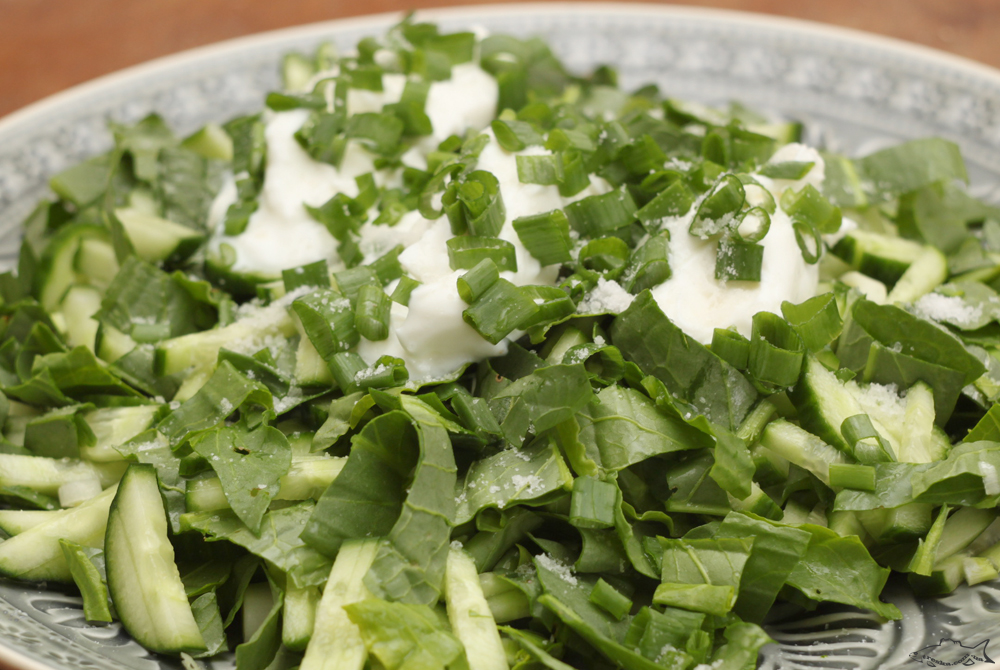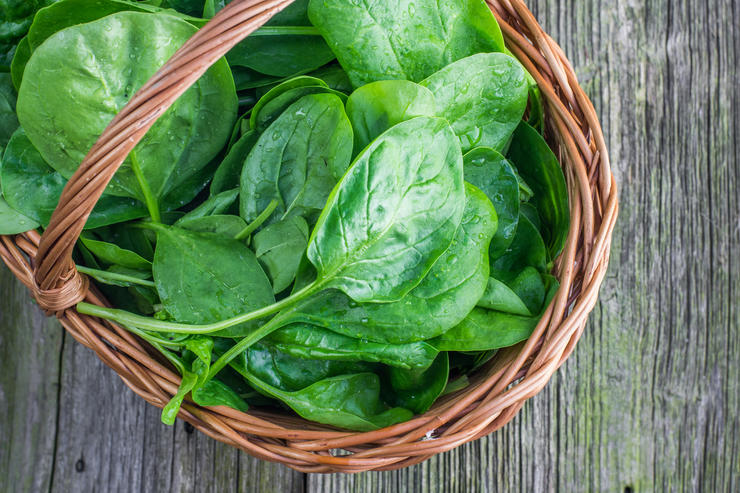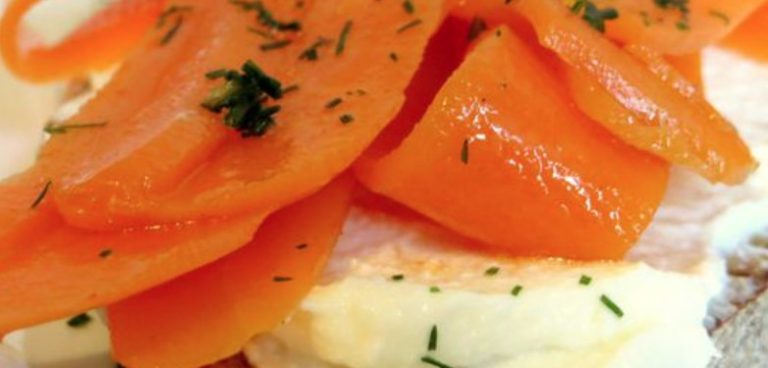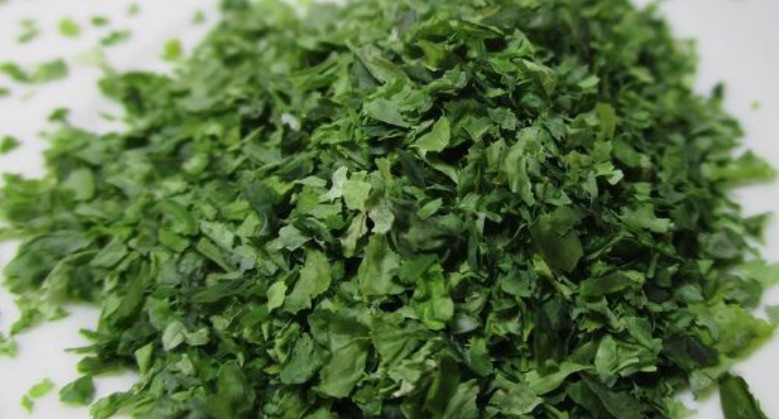The vegan vegetable goulash tastes hearty and hearty – without any meat. We’ll show you which ingredients you can use for the plant-based alternative and present a delicious recipe.
This vegan vegetable goulash is a delicious alternative to the traditional meat dish. In other recipes such as the vegan goulash or the jackfruit goulash, we replace the meat with plant-based alternatives. The vegetable goulash does not contain any meat substitutes and tastes especially good with fresh and crunchy vegetables.
Here you can find out what you should look out for with the ingredients and how you can easily prepare the dish yourself.
The best ingredients for the vegetable goulash

A few ingredients should not be missing so that the vegan vegetable goulash tastes just as hearty as its traditional counterpart:
Gherkin water and gherkins give the goulash its spicy and slightly sour taste. They provide variety alongside the traditional ingredients.
Red wine: The red wine brings the hearty aroma to the vegetable goulash. By deglazing at the beginning, the alcohol boils away and a hearty note remains.
Fresh vegetables: The fresher the vegetables, the crunchier and more flavorful your vegetable goulash will be.
Flour: The flour will help you make your goulash thick. The result is a creamy, full consistency. If you are following a gluten-free diet, use cornstarch or a cornstarch substitute as an alternative.
When buying your products, make sure that they come from organic farming. So you can be sure that no chemical-synthetic pesticides pollute the soil and your food. Organic seals such as Bioland, Naturland or Demeter are a good indication of sustainable purchasing.
Tip: Buy your vegetables at the regional weekly market or, for example, grow your own balcony vegetables. Tomatoes and peppers are in season from August up to and including October, so you are acting in the most sustainable way if you include vegetable goulash in your menu during this period. You can get an overview of the seasonality of vegetables and fruit in our seasonal calendar.
Vegetable goulash: How to prepare it
Ingredients:
1 large onion
200 g tomatoes
300 large peppers
2 carrots
5 pickles
2 clove(s) garlic
4 EL vegetable oil
3 tablespoons flour
2 tbsp tomato paste
200 mlred wine, dry
50 ml pickle water
500 ml vegetable broth
2 tablespoons mustard
1 pinch(s) of salt
1 pinch(s) of pepper
Directions:
Wash and peel your vegetables as needed. Cut the peppers, carrots, tomatoes and onion into bite-sized pieces. Finely chop the garlic. Cut the pickles into small cubes.
Heat the vegetable oil for frying in a large saucepan.
Sweat the onions in it until translucent. Add the garlic and the pickles and sauté for another three minutes.

Dust everything with flour and mix the ingredients in the pot with the (homemade) tomato paste. Sauté everything for two minutes until the tomato paste turns slightly brown.
Deglaze everything with red wine and cucumber water. Stir in the liquid slowly so that no lumps form.
Now add the vegetable broth to the pot along with the vegetables. Mix the ingredients together evenly and let the goulash simmer for 20 minutes. Stir occasionally to keep the sauce from thickening at the bottom.
Season the goulash with mustard, salt and pepper to taste.
Tip: Garnish the vegetable goulash with fresh herbs and serve with fresh flatbread, bread dumplings or boiled potatoes.


